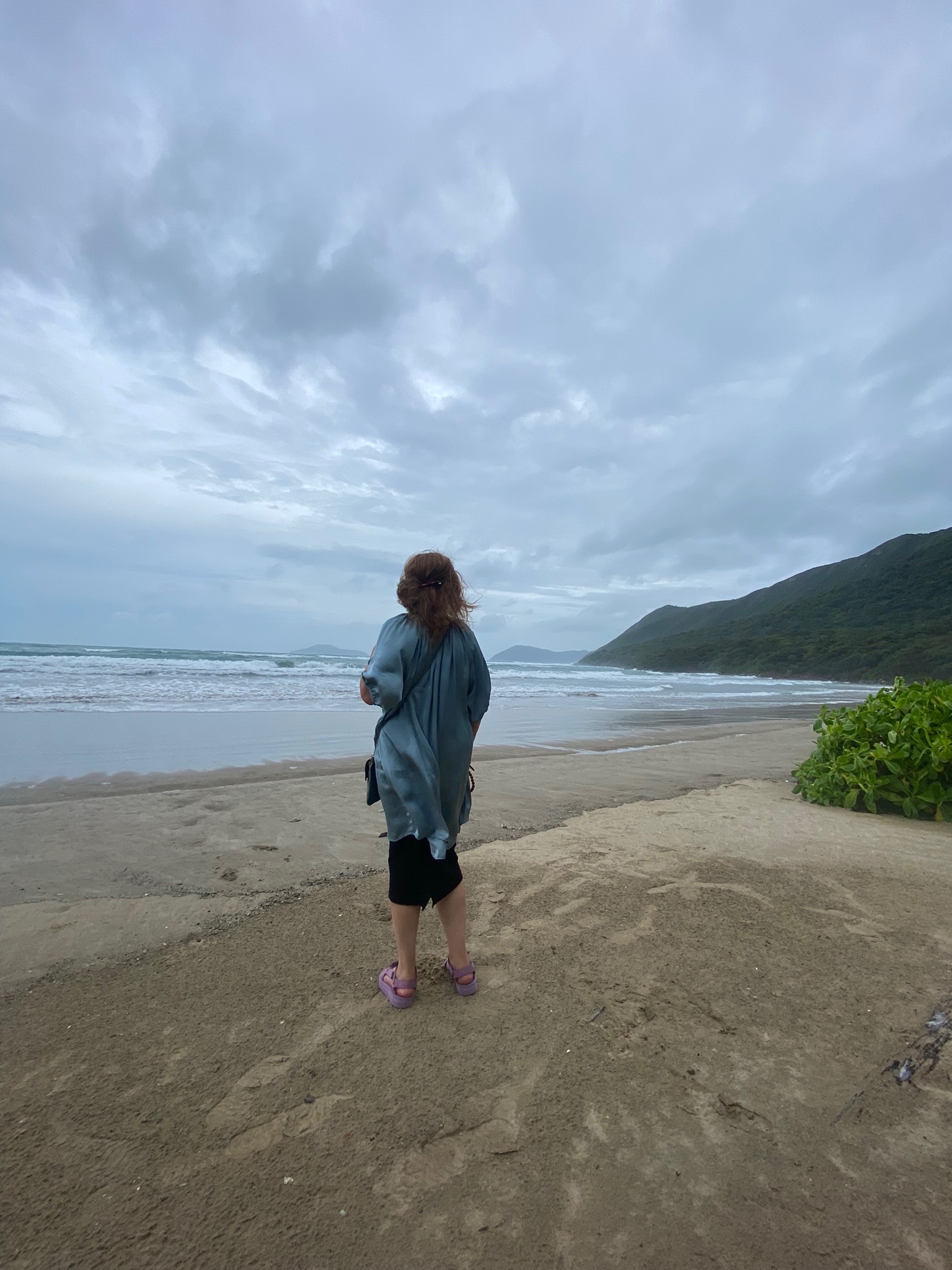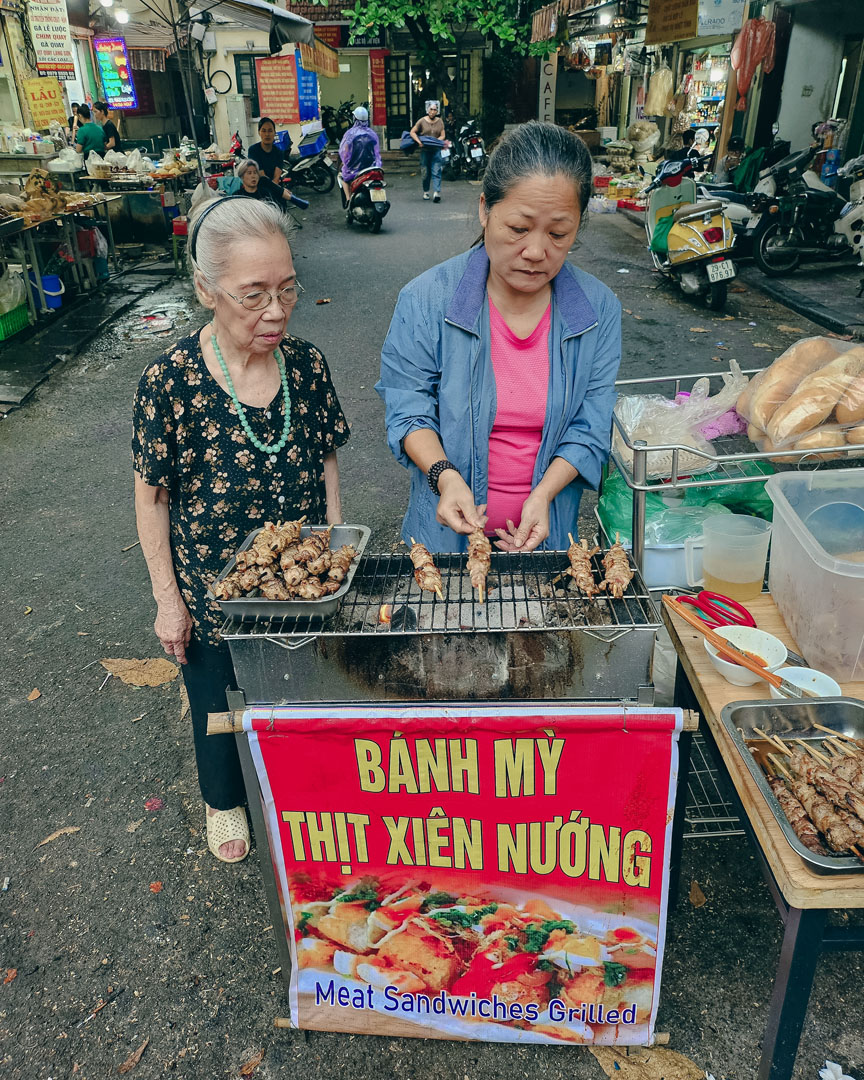Traditions in Luang Prabang: Laos’ Shangri-La

Orange-robed monks, French colonial architecture and centuries-old traditions still going strong; Ruth reflects on her time in Luang Prabang in the latest issue of East magazine.

Susan blinked two big, brown eyes at me and gave me a look that said: “you don’t have a clue what you’re doing, do you?”
I was standing up to my knees in a rice paddy, clinging to one end of a wooden plough that wouldn’t have looked out of place in medieval England. At the other end was Susan the buffalo, and something told me she wasn’t particularly impressed.
“She can keep going all morning” says Laut Lee, watching with amusement from the sidelines. Luckily he means Susan, not me, and soon I’m scrubbing the mud from my feet and looking forward to a bowl of the sticky rice I’ve ‘helped’ to plant, harvest and thresh.
The Living Land - Luang Prabang

The Living Land project is an organic farm that gives tourists the chance to muck in with the messy job of rice production (‘muck’ being the operative word, I soon realised). And for Laut Lee, the project’s charismatic director, it’s his life.
“We farmers don’t have watches or calendars – we live our lives by the sun and moon, and take our breaks whenever we want. Farming is freedom.” Lee explains that in a world of increasing mechanisation, he wanted to stay in touch with tradition.
“In the past, slash-and-burn farming left the earth here degraded and unusable. The land was dead – but we’re reversing the process. That’s why we’re called the ‘Living Land’.” He says. And the fruits of his labour are already in evidence: the Living Land employs seven families, provides training for students from the Luang Prabang agricultural college, and raises money for community projects in the local village.
“It’s a beautiful life.” He says. And if it sounds idyllic – it is.
Laos’ Shangri-La

Lee’s farm has such a sense of timelessness that it’s easy to forget you’re just a ten-minute tuk-tuk ride from the jewel of Laos – a city with a history that spans millennia: Luang Prabang.
Luang Prabang history
According to legend, Luang Prabang was founded by one of the seven sons of Khun Borom, a demi-god and the mythical father of the Tai people, in 698 AD. Then, as the Khmer Empire rose to dominate Southeast Asia, a young prince set up the first true kingdom of Laos – a place he named Lan Xang, or ‘Land of a Million Elephants and White Parasols’. The heart of this new kingdom was the place we now know as Luang Prabang.
Mount Phousi
Seized by a desire to get the lie of the land, I rose early the next morning and crossed the bamboo bridge across the river to town, making a beeline for Mount Phousi: a steep hill rising up 100 metres in the city centre. Having made my way to the summit, I surveyed the whole city from above. From such a vantage point it wasn’t difficult to understand why kingdoms were won and lost over this place.

Luang Prabang occupies a wonderful position in the crook of the Nam Khan River, at the point where it joins its power to the mighty Mekong. Golden spires and red roofs peep out from amongst the palm trees, pink splotches of bougainvillea line the dusty streets, and the chocolate-brown sweep of the Mekong curves through the landscape, disappearing into the jungle-clad mountains beyond. Early visitors must have thought they’d stumbled upon a Laotian Shangri-La.
In many places, the past lies buried beneath lurid shop fronts and electrical cables, surviving only as a list of dates to be reeled off by tour guides. But as I made my way back down the hill and into Luang Prabang proper, history was everywhere I looked. I wandered past gleaming golden facades flanked by skinny palms and Bodhi trees; pink plaster walls inlaid with mother of pearl; temples decorated with silver-plated elephant heads and glittering mosaics of turquoise – and everywhere orange-clad monks going about their everyday business.
Sandwiched between these Buddhist masterpieces, meanwhile, were rows of colonial buildings that hinted at the city’s more recent past as the centre of the French Protectorate of Laos, from 1893 until 1954. Their provincial-style shuttered windows and shady porches just beckoned me to pull up a chair, order an iced coffee, and watch the world go slowly by – an invitation I duly obeyed.

Getting crafty - Ock Pop Tok

If visitors come to Luang Prabang for its unique architectural heritage, I soon realised that there were many more reasons to stay. That afternoon, I rented a bike and pedalled out of the city centre to Ock Pop Tok – or ‘East Meets West’ – a weaving workshop perched on a high embankment overlooking the Mekong.
Veomanee Douangdala, who learned to weave from her mother when she was eight, founded the workshop at the age of 24 to help local women make a living from their skills. She now employs a whole host of weavers from Luang Prabang and the surrounding villages. As I arrived they were chatting and singing while their fingers flew over the looms, turning colourful silk threads into scarves and tapestries while others whipped up dyes into shades of deep green and orange using plants grown in the garden. Browsing their handiwork, I immediately fall in love with a pair of elephants woven in blue with white trimmings.

“This isn’t just for tourists” explains Kham, my guide, as I try to coax a silkworm into eating a mulberry leaf. “People come here from all over Laos to learn about their heritage.” She tells me that many of the textiles on sale here are produced by communities in different areas of the country, giving remote tribes the chance to make extra income. The result is a fantastic repository of traditional regional designs passed down through generations of Lao women.
“We have to pass on our traditions to our children or they’ll disappear.” She says, echoing the sentiment Laut Lee expressed the day before. Here is a generation of young Lao people who recognise that their heritage is more than bricks and mortar, and as I headed home with my two woven elephants, I was glad to have played my part in keeping it safe.
This article features in the latest edition of East travel magazine.
Visit Luang Prabang on our Indochina Encompassed small group tour; travel with an expert tour leader to see the best of Laos, Vietnam and Cambodia.




